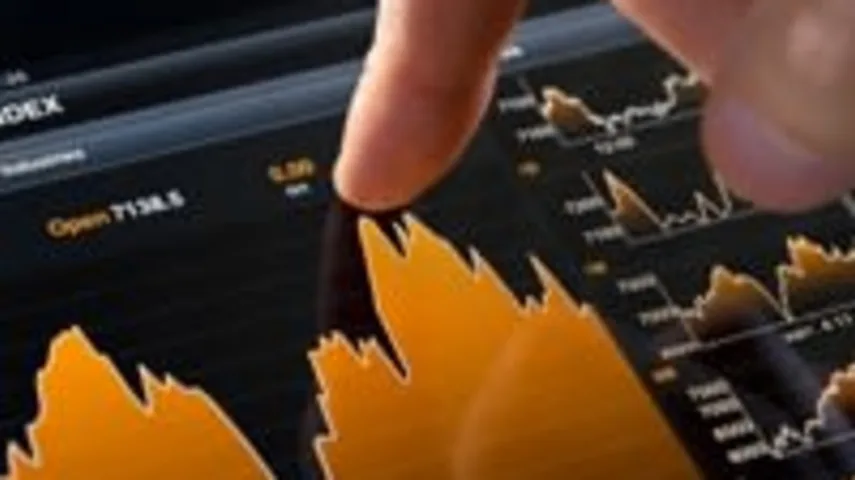Downside protection through no direction



Although investors may be unfamiliar with managed futures, a lack of directional bias can offer protection on the downside, according to Aspect Capital chief executive Anthony Todd.
Todd said while it might be a relatively new strategy for many investors, managed futures had an investment history that spanned back to 1948.
He said many of the managed futures managers had been operating in the space since the '70s.
"I fully acknowledge that to a lot of clients, (they) are never going to have come across this sector at all…[but] this is not some new investment that's just emerged in the last few years," he said.
Todd said a lack of directional bias meant investors could gain diversification benefits from a portfolio of uncorrelated assets.
He said data showed that in quarters where the S&P500 took a dive, on average by 7 per cent, the managed futures index gained an average of 3 per cent, although it was beat by the S&P when markets were good.
"As a result of the range of different markets we trade and as a result of the fact that we don't mind whether markets are rising or falling, almost therefore you would expect our returns to be very uncorrelated or at least more diversified than stock markets, bond markets, or other alternative investment styles," he said.
On a 15-year average, the S&P500 index had flat-lined while managed futures had delivered positive returns, according to Todd.
He said the sector did not experience the gateing issues other sectors had during the Global Financial Crisis (GFC), and two thirds of clients had daily liquidity.
Although still a black box for many investors, the managed futures sector had grown to about 16 per cent of the $2.2 trillion global hedge funds sector, Todd said.
He said while institutional investors had been early movers prior to the GFC, managed futures were gaining traction among retail investors who had poured $350 million into the Colonial First State Aspect Diversified Futures fund.
Recommended for you
Natixis Investment Managers has hired a distribution director to specifically focus on the firm’s work with research firms and consultants.
The use of total portfolio approaches by asset allocators is putting pressure on fund managers with outperformance being “no longer sufficient” when it comes to fund development.
With evergreen funds being used by financial advisers for their liquidity benefits, Harbourvest is forecasting they are set to grow by around 20 per cent a year to surpass US$1 trillion by 2029.
Total monthly ETF inflows declined by 28 per cent from highs in November with Vanguard’s $21bn Australian Shares ETF faring worst in outflows.










